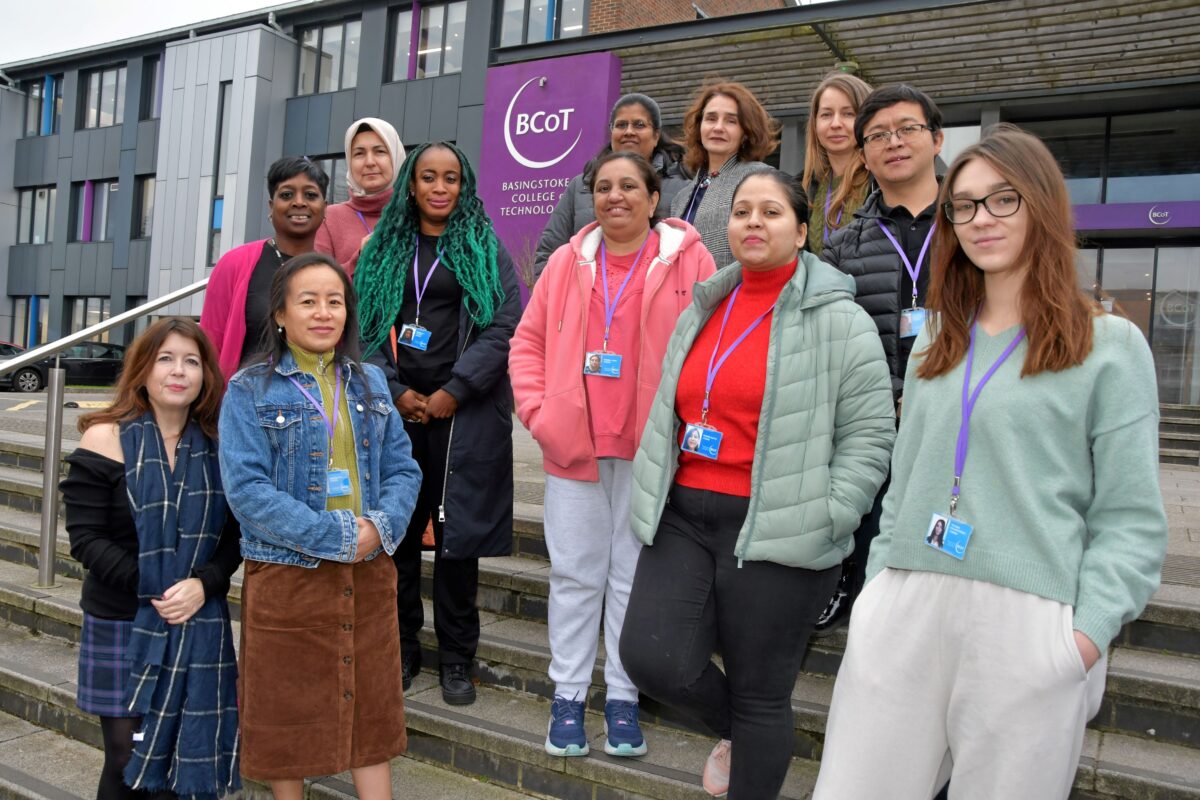What do a quarter of employers do to improve boardroom diversity? Nothing

@CIPD and @OmniRMS call for employers to be more strategic with their recruitment and selection processes
A quarter of employers (24%) make no effort to attract and recruit more diverse candidates for top-level jobs, a new report from the CIPD and Omni finds.
In response, both the CIPD and Omni are calling on organisations to be more strategic about attracting and recruiting diverse candidates to fill senior roles – and to broaden their outreach. They also suggest employers consider targeting their recruitment strategies to include people with characteristics that are under-represented in these roles.
The Resourcing and Talent Planning Survey 2020 – which polled 660 employers – does show organisations had more success improving diversity more broadly, with two in five (41%) recruiting a more diverse workforce in the last year.
However, the report suggests employers could be making even more progress, as less than a quarter (23%) go beyond basic legislative requirements on protected characteristics with regards to their recruitment and selection processes. For example, only:
- 37% monitor their recruitment to obtain data on protected characteristics
- 27% remove certain biographical details from initial selection process
- 33% ensure they have a diverse interview panel or hiring team
- 23% check recruitment tests used are valid, reliable and objective.
The use of technology during the recruitment and selection process – from chatbots to video CVs – is also explored in the report. 28% of employers say it has helped to reduce unconscious bias to a large or moderate extent – and they are also more likely to report that technology has increased the diversity of their hires. However, the report notes it’s important that tech recruitment solutions are tested to make sure they aren’t disadvantaging candidates and are accessible to all.
Claire McCartney, Senior Resourcing and Inclusion Adviser at the CIPD, the professional body for HR and people development, said:
“The findings of this report suggest that improvements in workforce diversity have happened by accident rather than design. We could be making quicker and considerable progress with a more strategic approach.
“It’s particularly disappointing to find that a quarter of organisations are not doing anything to improve boardroom diversity. Not only is this where the problem is most acute, as the Parker Review and other research shows, but achieving change here would have maximum impact. We need to have a broad range of diverse people in decision-making roles and be role models for future talent.
“Employers can’t expect to make meaningful change through a leave-it-and-see policy. Improving diversity needs to be actively worked on and we’d encourage all employers to add much more rigour, consistency and challenge into their recruitment and selection processes. With many companies understandably focusing on dealing with the economic fallout from the Covid pandemic, it’s important that improving diversity is a priority throughout and beyond the pandemic.”
Louise Shaw, Director Resourcing Transformation at Omni RMS, said:
“Despite some positive findings, it’s disappointing that little progress has been made since 2017. The #BlackLivesMatter protests brought the racial inequalities within our societies and workplaces into sharp focus, and we believe organisations must be held accountable for ensuring greater racial and, of course, broader diversity at the very top.
“Recruiting diverse talent is only the start and organisations need to be reporting externally on their true effectiveness by measuring inclusive engagement, retention, and career development. This is what will give organisations full visibility of what is and isn’t working so they can make informed changes and realise the business benefits.”
According to the latest research by developer recruitment platform CodinGame, just 15% of chief technology officers or CTOs at FTSE 100 firms are women.
The issue of gender diversity on company boards has been high on the political agenda for years and progress has been broadly good. However, this research suggests that many women in technology are struggling to break into the top jobs.
Only two companies in the FTSE 100 have both a female CTO and CEO. They are Severn Trent, led by Liv Garfield where Jayne Showell is CTO. At GlaxoSmithKline (GSK), Dame Emma Walmsley is CEO and Karenann Terrell is Chief Digital & Technology Officer.
Furthermore:
- Only two companies in the FTSE 100 have both a female CTO and CEO
- Three of the top 10 firms by market capitalisation have female CTOs
- The average female representation on FTSE 100 boards is 33%
Nicole Sahin, Founder and CEO, Globalization Partners, said:
“This research shows that women continue to be underrepresented in CTO roles. For every 100 men promoted and hired to manager, only 72 women are promoted and hired.
“From recruitment, to development, to women-friendly policies, this research reminds us about the importance of prioritising equality across every aspect of the organisation, to ensure women’s progress is accelerated further.
“After all, there is so much to gain from companies focusing on creating a diverse, inclusive culture that attracts talent of all genders, ages, sexualities, and ethnicities. Time and time again, research shows that organisations that have a high percentage of diversity financially outperform their competitors. I’ve seen first-hand the powerful results that occur when people with different perspectives work together. By striving for equal, inclusive, and diverse organisations, we can work towards a better, fairer world.”
Agata Nowakowska, Area Vice President at Skillsoft:
“Women are still largely under-represented in the STEM arena and even less so in STEM leadership positions.The reality is that – even in 2020 – it’s so much more difficult for women to climb the career ladder. With persistent unconscious bias that women lack the confidence to apply for promotions or that they are simply not good enough to hold leadership positions, women have to work much harder than men to prove their ability.
“Some women even believe that to be a good leader or be chosen as one they need to exhibit male traits. This isn’t the case at all. In fact, research by McKinsey & Company found that organisations that had more gender diversity on their executive teams were 15% more likely to experience above-average profitability than other companies. Improving gender diversity clearly makes business sense. Women add a different dynamic to male leaders and there’s no reason why more women can’t be the next Indra Nooyi or Ginni Rometty.”
Further recommendations in the CIPD report to improve diversity include:
- Critically evaluating an organisation’s brand to see how attractive it is to diverse candidates. What changes can be made to your brand and your culture to help attract, select, develop and retain more diverse employees?
- Developing programmes like career returners and mid-career change to help broaden talent pools and people’s skills
- Evaluating recruitment activities to assess which are most effective at broadening talent pools
- Asking questions about what is critical to the role; people from different industries or backgrounds may have transferable skills and knowledge, and can bring fresh insight.











Responses